APPENDIX A
The Chinese dicing cup shown on Plate 25 was found in an antique shop in Plymouth, and bought for a few shillings. A large cork had been rammed into the bottom, splitting the side and base. It was repaired with ivory from an old billiard ball.
The figures represent Eight Taoist Immortals, and from the type of carving, and the running hand script, which is an abbreviated form of writing using colloquial speech, the cup was dated between A.D. 1750 and A.D. 1800. The bottom character of each column is the signature of the carver; the other seven characters are arranged in a popular poetic form, and describe the feelings of an unsuccessful gambler who compares his unhappy lot with the everlasting delights of the Immortals:
The Immortals at dice in their Celestial Heaven,
Have turned dry river into flooding stream:
But I have wandered for years in the desert
Alone with the stones, and the winds wild scream.
The Immortals often appear on tangram boxes (see Plate 12), and other pieces of Chinese carving. Their legends are not older than the Sung dynasty, A.D. 9601280. The Immortals occupy eight grottos of the upper spheres, and each has a distinctive attribute:
Li Tieh-kai is depicted with a crutch and a gourd filled with medicines. He left his body to go on a journey, asking a disciple to watch it for seven days; but the young man deserted it on the sixth to visit his sick mother, and when the spirit returned he found his body in ashes. The spirit entered the body of a beggar who had just died, but instead of being a handsome man as previously, he was a cripple; his head was long and pointed, his eyes hugehe was Li of the iron crutch. He often returns to earth, sleeping at night in a bottle, and helps others in the transmigration of their souls. Attribute a crutch.
Chung-li Chan was a Marshal of the Empire in 2496. In his old age he became a hermit, and during the great famine transmuted copper and pewter into silver with a mysterious drug. He gave this treasure to the poor, and saved thousands of lives. One day while he was meditating the wall of his cave in the mountain split open exposing a jade casket which contained secret information on how to become immortal. He studied it carefully; his room filled with coloured clouds, and to the sound of heavenly music the celestial stork bore him away to the regions of immortality. Attribute a feather fan.
Lans Tsai-ho , the strolling singer of the Immortals, was a hermaphrodite. On earth he played a flute or a pair of cymbals. He wore a tattered blue gown, held by a black wooden belt three inches wide; one foot was bare and the other shod; in summer he wore an undergarment of padded material; and in winter he slept on the snow, his breath rising like steam from a boiling cauldron. He earned his living by singing in the streets and reciting doggerel verses denouncing this fleeting life and its delusive pleasures. When given money he distributed it to the poor. One day he became drunk at an inn, and disappeared on a cloud, throwing back to earth his shoe, robe, belt, and castanets. Attribute a musical instrument.
Chang Kuo lived as a hermit in the hills. The Empress Wu (A.D. 684705) ordered him to come to court; but on the way he died at the Gate of the Temple of the Jealous Woman. His body began to decay and was infested with worms, but he was seen again back in the mountains alive and well. He rode a white mule which carried him thousands of miles in a single day; and when the journey was over, Chang Kuo would fold him up like a piece of paper and place him in his wallet. When the mules services were required again, he spat on the packet, and the animal resumed his proper shape. Finally Chang fell sick and died a second time. When his disciples opened his tomb it was empty.
He is usually depicted on a white mule, sometimes facing its head, sometimes its tail. He carries a phoenix feather, or a peach of immortality. His picture is often found in nuptial chambers, seated on a donkey and offering descendants to a bride and groom. Attribute a paper mule.
Ho Hsien Ku is the only woman among the Immortals. She holds a magic lotus-blossomthe flower of open heartednessor the peach of immortality; and is seen drinking wine, or playing a reed organ.
At birth she had six hairs on her head and she never grew more. She lived on a mountain and one day found a mother-of-pearl stone. In a dream she was ordered to powder it and eat the powder to gain agility and immortality. She obeyed the command, at the same time vowing eternal virginity; and thenceforth she floated from one mountain peak to the next gathering fruits for her aged mother. She gradually found that she required less and less food; and finally she floated upon a cloud to the abode of the Immortals. Attribute a lotus-flower.
L Tung-pin was five feet two inches tall; and when twenty years old made a journey on which he met the Fire-dragon who gave him a magic sword which enabled him to become invisible. Later he was exposed to ten temptations which he overcame successfully, and acquired supernatural powers and magic weapons.
He travelled the kingdom for four hundred years, slaying dragons and ridding men of divers evils; his skill at fencing was proverbial, and he is always represented with his magic sword Chan-yao Kuai, the Devil slaying sabre. In his other hand he holds a fly-whisk, the symbol of his power to fly through the air and walk on the clouds of heaven. Attribute a magic sword.
Han Hsiang Tzu is depicted with a bouquet of flowers, or a basket of peaches of immortality. He was educated by his uncle Han Y, the great poet of the Tang dynasty, but he soon outshone his teacher; and made verses which held the secret of the future. One day he climbed the supernatural peach tree of the genii, but fell from its branches, and during the fall attained the state of immortality. Attribute a flower basket.
Tsao Kuo-chiu was a member of the Imperial Sung family, and is shown with a tablet of admission to the Court in his hand. His younger brother committed murder; and Tsao retired as a hermit to the mountains, where he clothed himself in wild plants. He studied the Way to the Sky, and learned that the Heart is the Sky, and the Sky is the Way. Thus the origin of the Universe became clear, and he took his place among the Perfect Ones. Attribute a tablet of admission to Court.
APPENDIX B
FIG. III. Method of constructing an Agon board
1. Draw a circle, centre O, of radius 6; and without altering the compasses describe arcs on the circumference at 1, 2, 3, 4, 5, and 6; thus dividing the circle into six equal parts. Join 14, 25, 36.
2. With a reduced radius, arcs are subtended from 1 and 2 at B; and similarily from 2 and 3 at C. Arcs D, E, F, and A are constructed in the same way and then lines BE, CF, DA are drawn.
3. Starting from the centre the lines OB and OE are marked off in  lengths and then lines drawn through these points at right angles to the line BE (or parallel to the line 45).
lengths and then lines drawn through these points at right angles to the line BE (or parallel to the line 45).
4. Similarly, parallel lines at  intervals are drawn perpendicular to the lines CF and DA. The three sets of parallel lines produce a grid of small equilateral triangles, six forming a hexagon.
intervals are drawn perpendicular to the lines CF and DA. The three sets of parallel lines produce a grid of small equilateral triangles, six forming a hexagon.

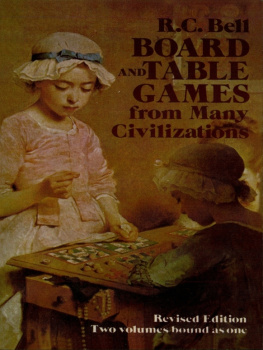
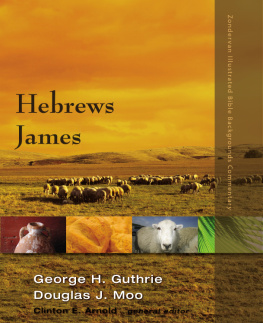

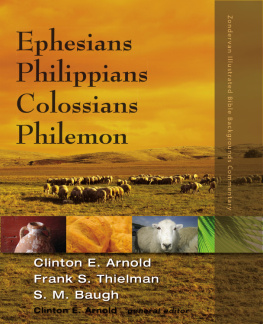


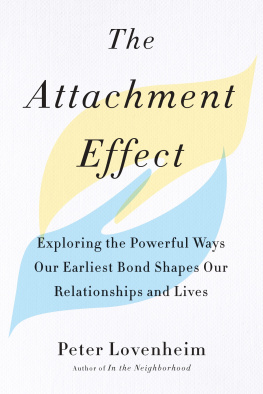
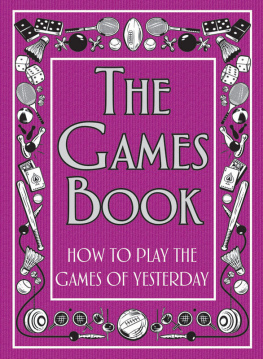




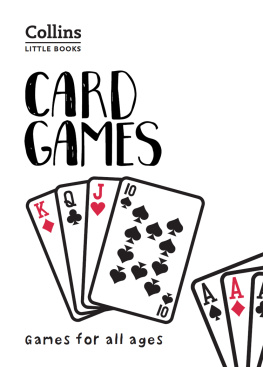
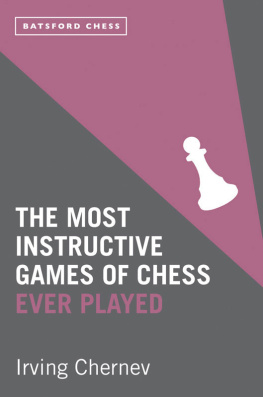
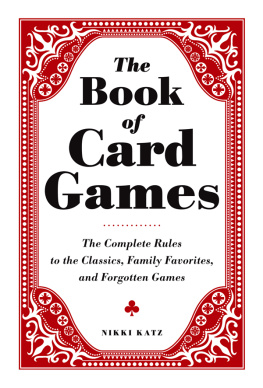
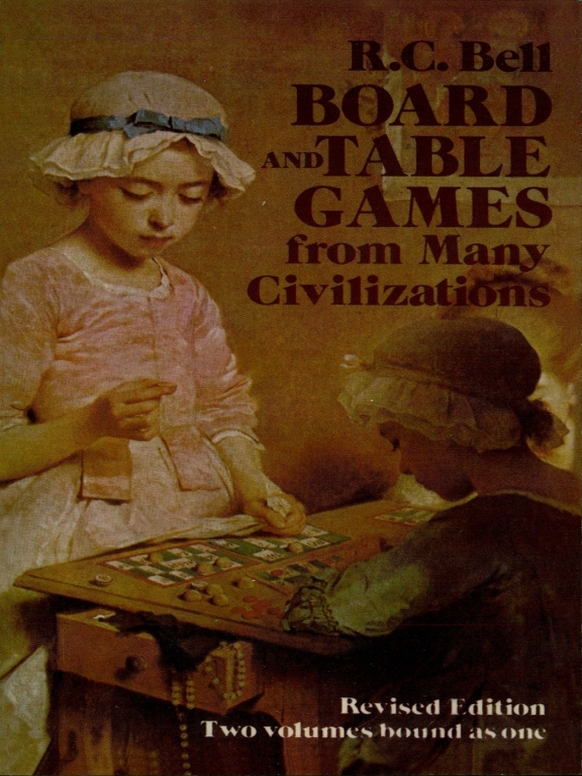
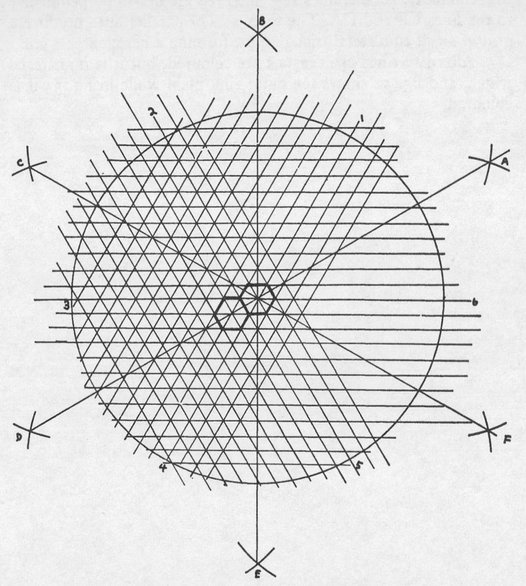
 lengths and then lines drawn through these points at right angles to the line BE (or parallel to the line 45).
lengths and then lines drawn through these points at right angles to the line BE (or parallel to the line 45). intervals are drawn perpendicular to the lines CF and DA. The three sets of parallel lines produce a grid of small equilateral triangles, six forming a hexagon.
intervals are drawn perpendicular to the lines CF and DA. The three sets of parallel lines produce a grid of small equilateral triangles, six forming a hexagon.